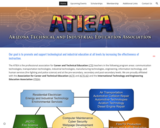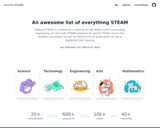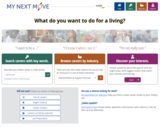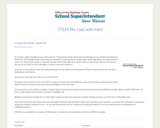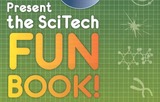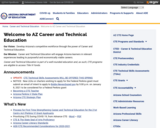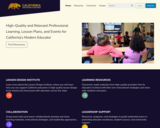
High-Quality and Relevant Professional Learning, Lesson Plans, and Events for California’s Modern Educator
- Subject:
- Accounting
- AgriScience
- Agriculture and Welding
- Air Transportation
- Aircraft Mechanics
- Architectural Drafting
- Automation and Robotics
- Automotive Collision Repair
- Automotive Technologies
- Bioscience
- Business Management
- Business Operations
- Business and Marketing Education
- Cabinetmaking
- Carpentry
- Communication Media Technologies
- Construction Science Technologies
- Construction Technologies
- Cosmetology and Related Services
- Culinary Arts
- Dental Assisting
- Diesel Engine Repair
- Digital Animation
- Digital Communications
- Digital Photography
- Digital Printing
- Early Childhood Education
- Education Professions
- Education and Training
- Electrical and Power Transmission Installation
- Electronic Technologies
- Electronics Drafting
- Emergency Medical Services
- Engineering
- Engineering and Information Technologies
- Family and Consumer Sciences
- Fashion Design and Operations
- Film & TV Production
- Finance
- Fire Service
- Graphic Design
- Health Science Technologies
- Heating, Ventilation and Air Conditioning
- Heavy Equipment Operations
- Home Health Aide
- Hospitality Management
- Interior Design
- Laboratory Assisting
- Law and Public Safety
- Marketing
- Mechanical Drafting
- Medical Assisting Services
- Medical Records Technologies
- Mental and Social Health Technician
- Music & Audio Production
- Network Security
- Nursing Services
- Pharmacy Support Services
- Precision Machining
- Professional Skills
- Public Service Careers
- Software and App Design
- Sports Medicine and Rehabilitation
- Stagecraft
- Technology Devices Maintenance
- Therapeutic Massage
- Transportation Technologies
- Veterinary Assisting
- Welding Technologies
- Material Type:
- Activity/Lab
- Lesson
- Teaching/Learning Strategy
- Author:
- California Educators
- Date Added:
- 05/12/2023

